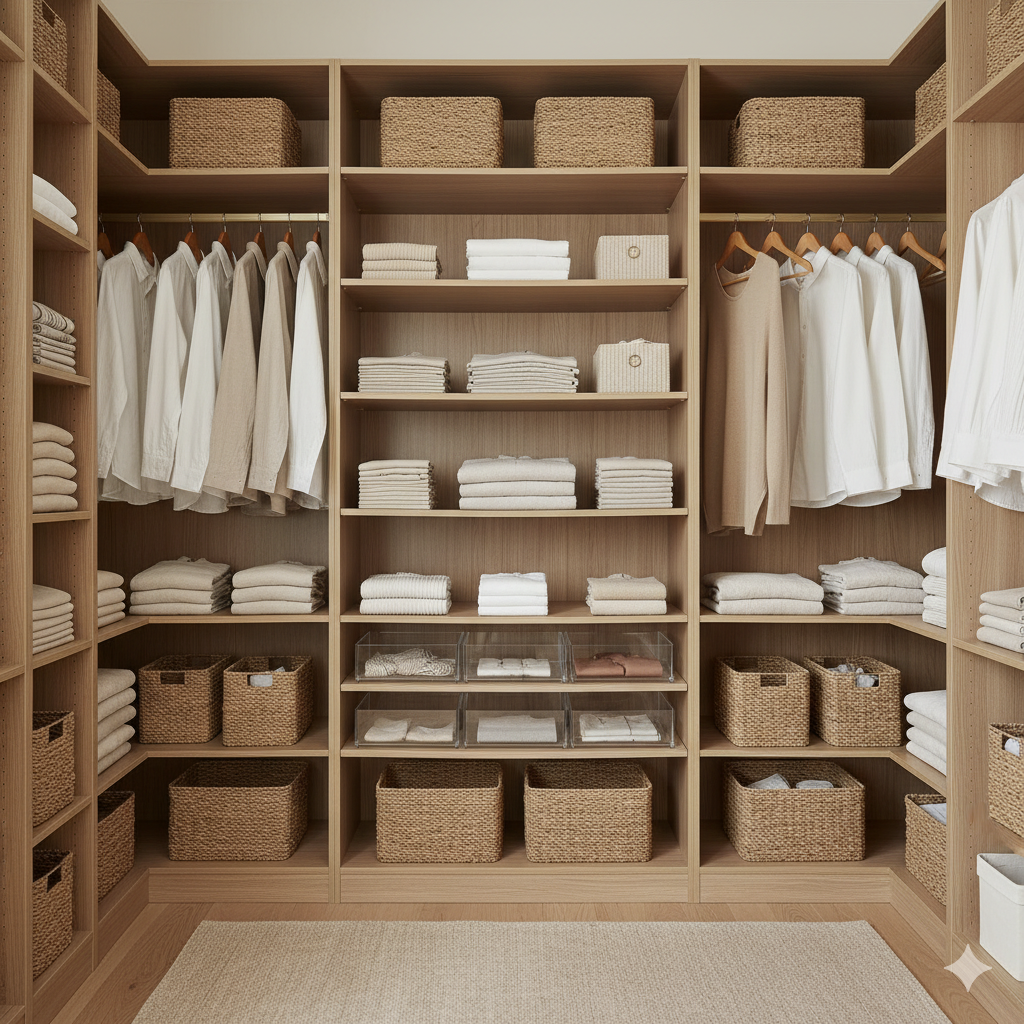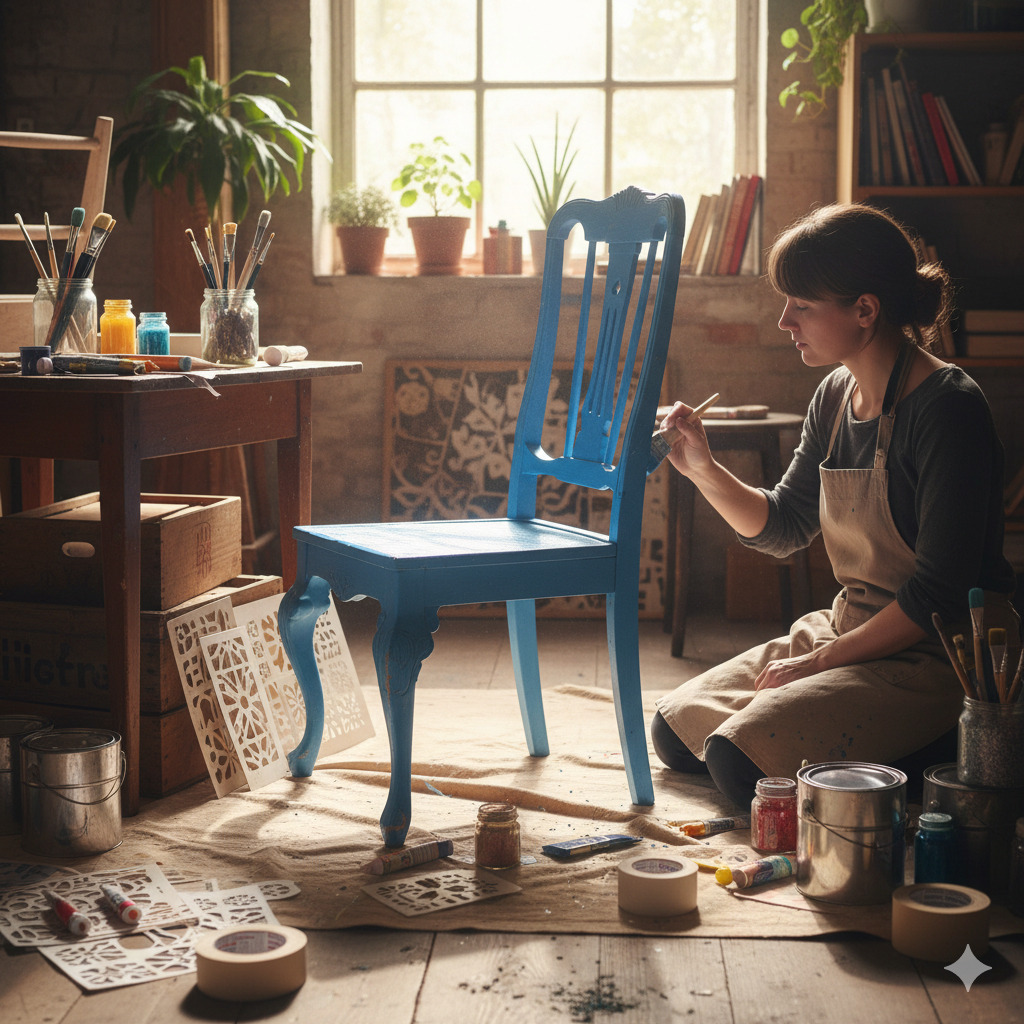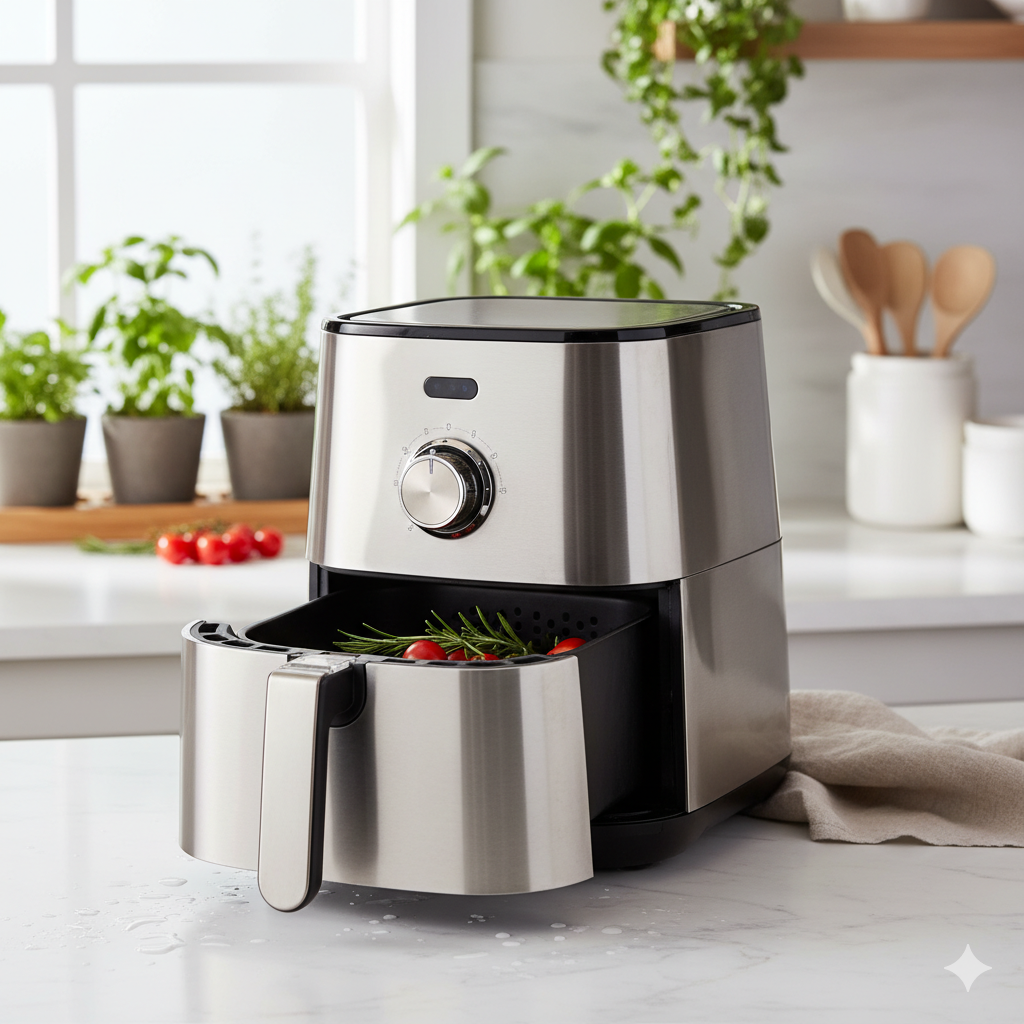Why Organization Matters (and Feels So Good)
A calm space makes everything else easier. When your home is set up to support your day, you save time, reduce stress, and actually enjoy being there.
Modern life piles on decisions and visual noise. Organization isn’t about owning less for its own sake—it’s about making what you keep easy to find, easy to use, and easy to put away.
Tools That Actually Help (Not Just Pretty Bins)
1. Shelf & Drawer Dividers
Turn “junk drawers” into neat zones:
Kitchen: utensils, wraps, coffee pods
Bathroom: skincare, hair tools, travel minis
Bedroom/Office: socks, stationery, cables
Pro tip: Choose adjustable dividers that lock in place so they don’t shift.
2. Stackable Bins & Baskets
Make use of vertical space:
Breathable woven/fabric bins for linens & accessories
Clear bins for pantry categories (snacks, grains, baking supplies)
Lidded bins for seasonal storage
Pro tip: Keep like-with-like and add labels for easy identification.
3. Multi-Functional Furniture
Furniture that doubles as storage:
Ottomans and benches with hidden compartments
Side tables with shelves or doors
Foldable racks or nesting tables
4. Labeling & Visibility
Clutter thrives in the unknown. Labels or transparent containers give your system “memory” so everyone in the household knows where things belong.
Room-by-Room Game Plan
Closet / Wardrobe
Edit first: keep what fits, what you love, and what you actually wear.
Use slim hangers to save space and maintain uniformity.
Add shelf dividers for folded stacks, and baskets for accessories.
Rotate seasonal items into under-bed bins or top shelves.
Kitchen / Pantry
Group items into zones: breakfast, snacks, grains, cooking oils.
Use clear containers for staples like pasta, rice, and flour.
Add drawer dividers for utensils.
Install pull-out baskets for deep cabinets.
Bathroom
Keep daily essentials on trays or small baskets.
Store backups under the sink or on higher shelves.
Separate categories: skincare, haircare, cleaning products.
Entry / Living Area
Create drop-zones for keys, mail, and shoes.
Use a bench with hidden storage or woven baskets to hide mess.
A small tray by the door keeps pocket items (wallet, headphones) in one place.
Choosing Quality Organization Tools
Feature | What to Look For | Why It Matters |
Material durability | Natural fibers, wood, steel frames | Prevents frequent replacement |
Adjustability | Modular, stackable, varied widths | Adapts to changing needs |
Aesthetic fit | Match your home’s colors & textures | Encourages consistent use |
Ventilation | Breathable fabrics or woven baskets | Prevents odors & mildew |
Global Buying Tips
Factor in shipping zones & costs; international delivery can add 20–40%.
Prefer brands with multi-region presence or free shipping thresholds.
Ensure compliance labels (CE, UL, etc.) where applicable.
Double-check return policies, as bulky items can arrive damaged.
FAQs
Will organizing really reduce stress? Yes. Research links clutter to stress and decision fatigue. A tidy environment supports mental clarity.
Are stylish baskets worth the cost? They may cost more upfront, but last longer and look better, encouraging long-term use.
How often should I declutter? Quarterly works for most people, with seasonal refreshes around holidays or life changes.
How do I maintain organization once I achieve it? Adopt micro-habits: reset every evening, assign a “home” for new items, and get everyone in the house involved.
Final Thoughts
Organizing isn’t a one-time project—it’s a habit. The right tools make it easier, but consistency is what makes it last. With baskets, dividers, and a clear system, your space becomes calmer, more functional, and more beautiful.


